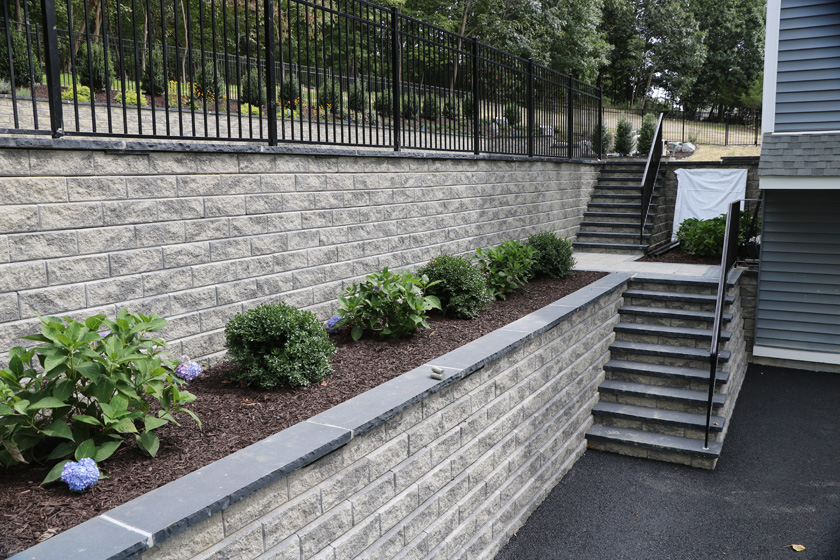Customize Your Home with the Help of Landscaping Professionals
Designing a landscape from scratch can be overwhelming. Should you plant perennials or annuals? How many different bushes do you need? What’s the best tree to put next to your house? The options are endless. It is easy to be confused. Don’t worry; the landscape design team at Landwork Contractors is here to help. Just take a look at these tips to get started on your landscaping designs.
- Plan Your Design for All Seasons- You don’t want your landscaping to last for just one season and look blah for all the rest. Perennials are a great start for creating year-round curb appeal. Different perennials bloom at different times throughout the year, so your garden will never be boring. Also, mix it up with some evergreen installations and grasses that will add color and texture in winter. Your garden beds will look healthy and stunning, no matter the weather.
- Don’t Be Shy With the Ornamentals- If you want to create a beautiful, year-long landscape design, ornamentals are the answer. From tall fountain grasses to Forsythia shrubs, you can’t go wrong with these beauties. Ornamental shrubs and grasses help add structure, movement, and lovely layers of texture to your design.
- Variety Is Key- Plant a wide variety of types of blooms to keep your design healthy and looking gorgeous. Different types of flowers will attract different types of pollinating insects, adding durability and strength to your garden. They will also bloom in different ways, creating exquisite contrasts. Consider these types of blooms:
- Sprays: Diascia, Nemesia
- Spikes: Salvia, Veronica
- Flat Tops: Yarrow, Sweet Fennel
- Daisy Type Blooms: Coneflowers, Cornflowers, Daisies
- Mounding: Lavender, Geranium
- Don’t Forget to Leave Space!- As you plan, make sure you carefully space your plants. Plant according to full growth size, not the size of the plant when you buy it. Planting too close leads to overcrowding which can cause a lot of health issues for your gardens.
- Use Ground Cover Plants for a Backdrop- Just because you have to leave space for your plants to grow, it doesn’t mean your garden should be bare. Ground cover plants will fill bare spots and often repel pests. Sweet-smelling options like lavender thyme or creeping juniper will also add color and soft fragrance to your home.
- Create Texture and Drama with Layers- Choose plants that come in a variety of heights and sizes. Place evergreens, ornamental grasses, and bushes in stager layers. Taller plants go in the back while smaller varieties go in the front, so everyone gets a chance to shine.
- Plant in Odd-Numbered Groups- One of the main foundations of most design styles utilizes the 3, 5, 7 grouping. Placing items in odd-numbered groupings creates balance. So, as you plant, try to group together design options in odd numbers. You will create a classic and serene picture with your careful planning.
Are you ready to start planning your garden, but, you don’t know where to start? It’s simple. Landwork Contractors has the answers. We’re here to help you through every step of your design. Call our landscape design team today at 914-279-2537 or make an appointment online today. We love bringing your dreams to life.
Top Seven Tips for a Professional Landscape Design was last modified: March 11th, 2021 by



